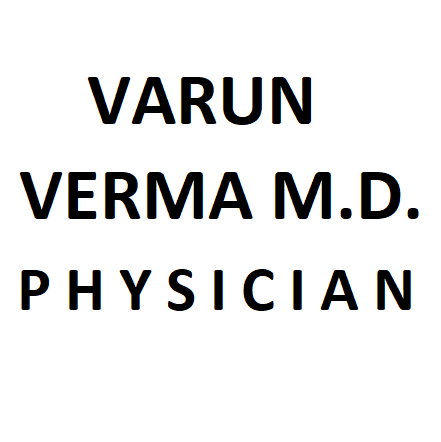Recently I experienced one of the most terrifying nights of my professional life. Having worked in six different hospitals since finishing my residency training, I am well aware of variations in work load. I’ve worked in a 700 bed hospital, and a 40 bed rural setting. Chaos in healthcare inevitably ensues when more patients show up. Sometimes it is the hospital setting (urban vs rural), other times the day of the week (people avoid coming in during holidays), and sometimes simply the weather (patients don’t like traveling during snow). This particular night captured how much harder my job is given that providers still don’t have the correct healthcare I.T. tools to optimize their own work flow.
In the first half of my night- I received so many pages, phone calls, and admissions from the emergency room that I could barely scribble them down quickly enough on the printed sign-out document in my white coat pocket. Writing things down to relay back to the morning team was one thing; however the true challenge was efficiently executing a diagnostic or treatment plan with all the interruptions. I was on the verge of committing multiple medical errors as my pager rang non-stop, I navigated through four different computer systems (lab ordering, radiology, billing and patient charts themselves), and attempted to coordinate care with nurses other colleagues in different specialties.

My own momentary mental misery aside (12 hours go by fast) — I couldn’t help but think of the care that patients receive. Put aside the tremendous delays in getting from ER bed to hospital bed once you are admitted (sometimes patients are ‘boarded’ downstairs for 24 hours). Forget the fact that you had to answer the same questions at least 4 times; to an ER nurse, ER provider (doctor, physician assistant or nurse practitioner), then to the Hospitalist/admitting provider when you reach your room, and then finally to your unit nurse. On top of all this — imagine a night filled with delays because your nurse, doctor, pharmacist and others are still relying on archaic communication methods.
A common scenario unfolds. You have severe abdominal pain, nausea and vomiting and you press your call button (yes, that tiny button on the end of a cord next to your bed). Now you wait. Your nurse arrives 1–5 minutes later (no idea whether you’ve fallen and hit your head or whether you’re just hungry), pages your doctor (who is in the middle of something else), and they call back 1–15 minutes later. Either they come to assess you, or order something to treat empirically in the computer order entry system. The treatment must be released by the pharmacy, somehow arrive to the floor, and finally your nurse can administer it. Really.

It easier for me to reach a friend or family member using a variety of escalating techniques such as email, text message, phone call (and when I am really desperate Facebook) — than it is for me to coordinate with colleagues to provide life saving and efficient care. Simply replacing pagers and telephone call back with something ‘digital’ (like secure messaging) is a really low bar to set ourselves. We should have surpassed that level of mediocrity a decade ago. Admitting that we’re failing is a start. What we need is a complete overhaul of communication, coordination and work flow optimization in the hospital. Using existing technologies available in 2014, we should be able to pivot and rectify the chaos. We’re just not doing it. This is despite knowing that chaos leads to decreased provider satisfaction, delays in care, medical errors and death. We don’t need more studies. We need action. What more will it take?

